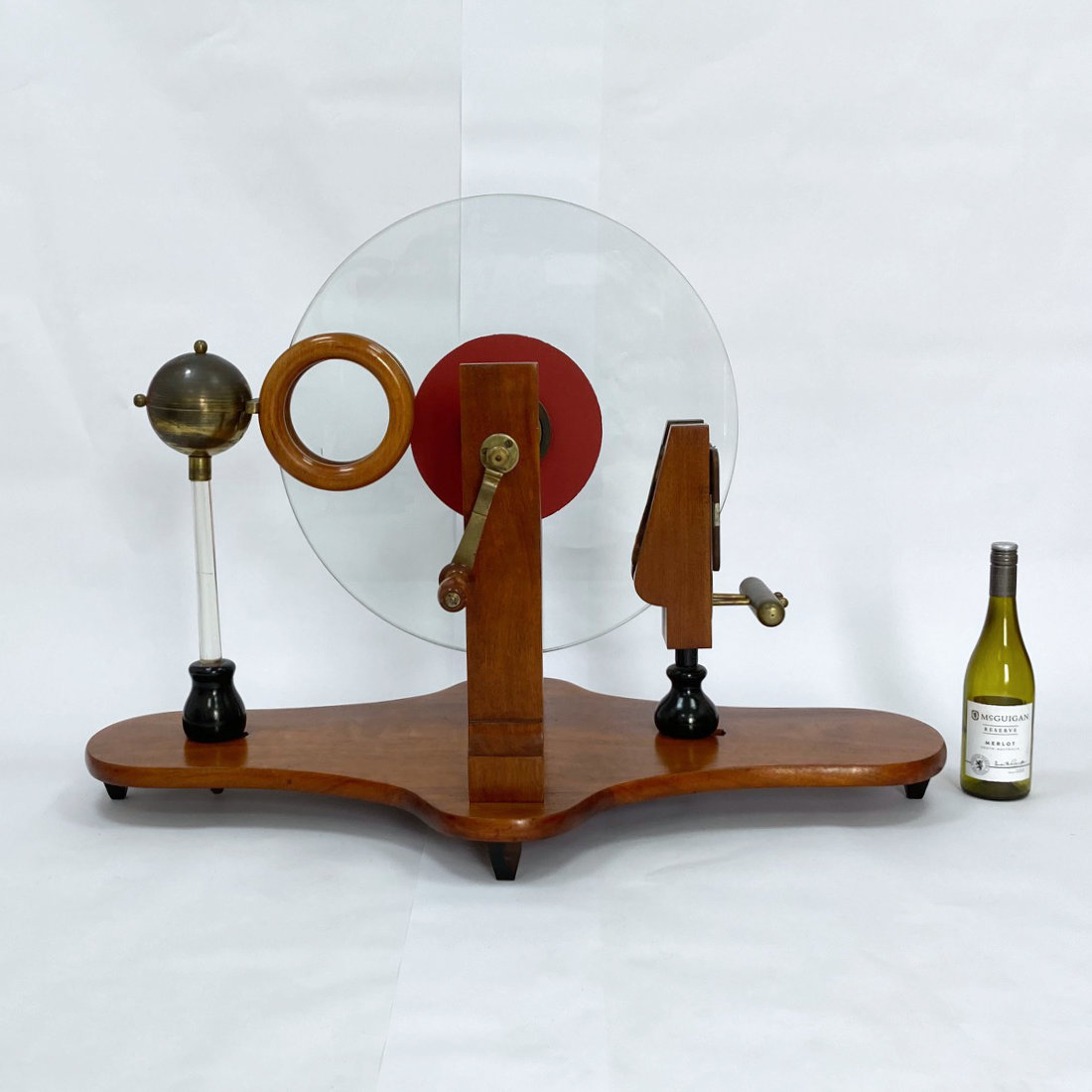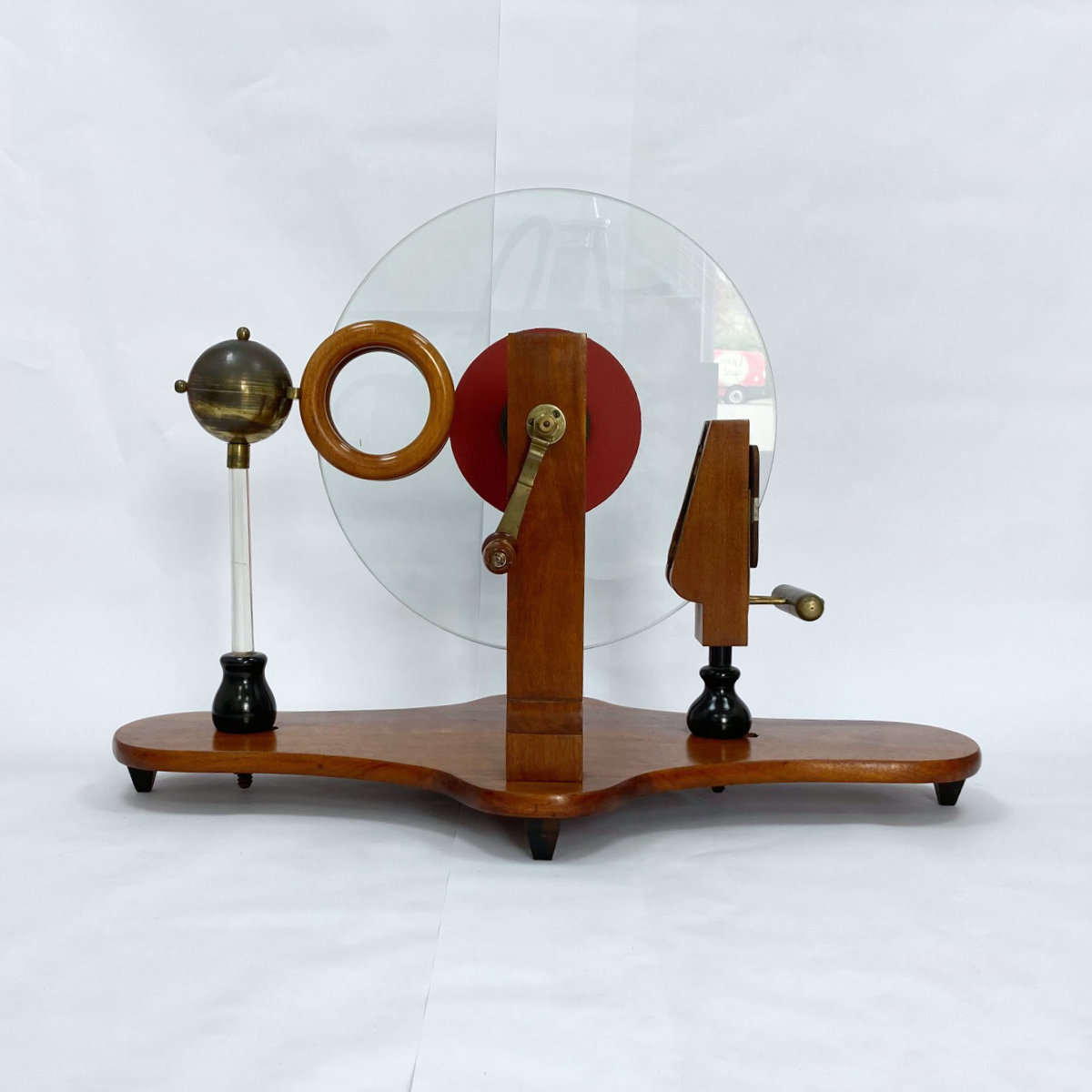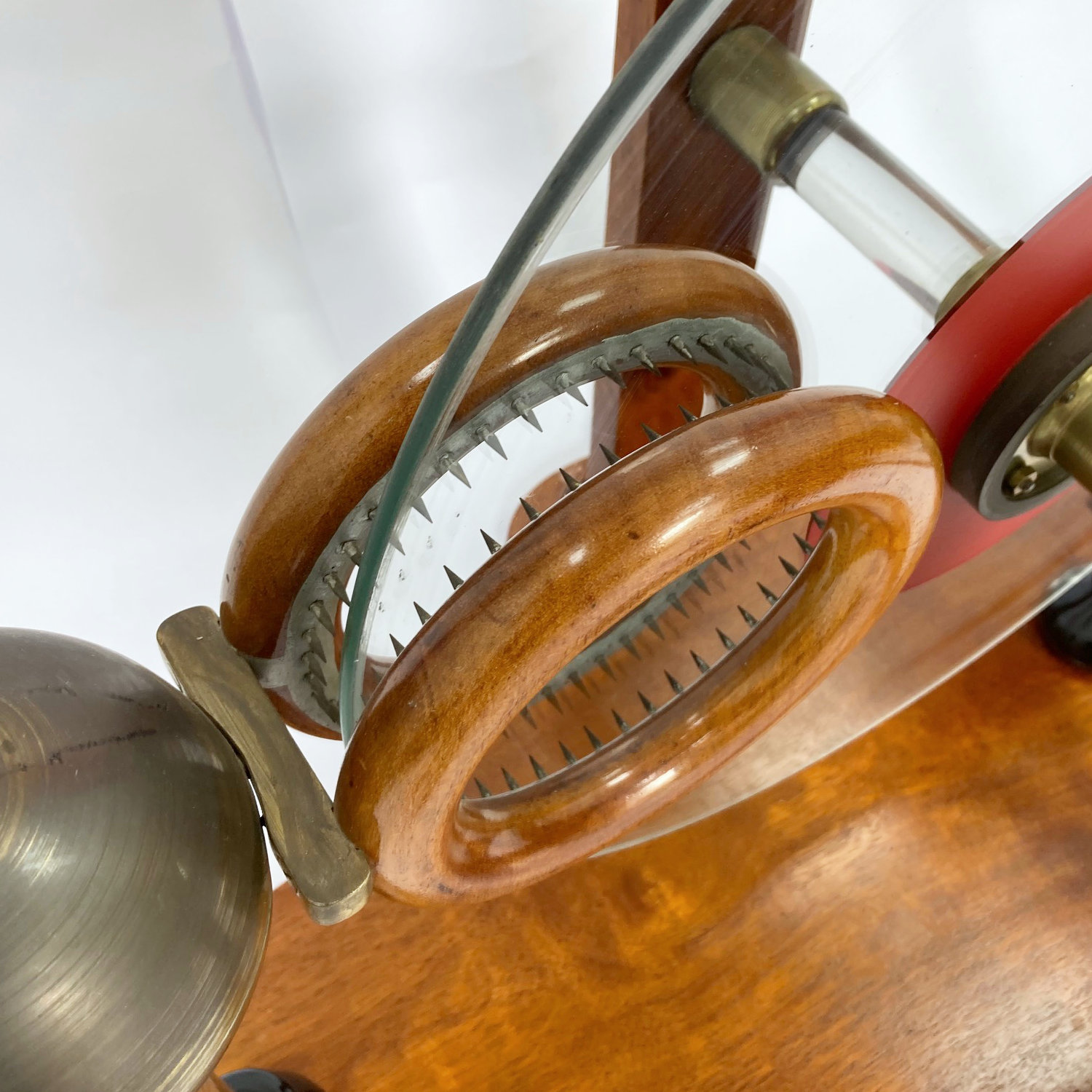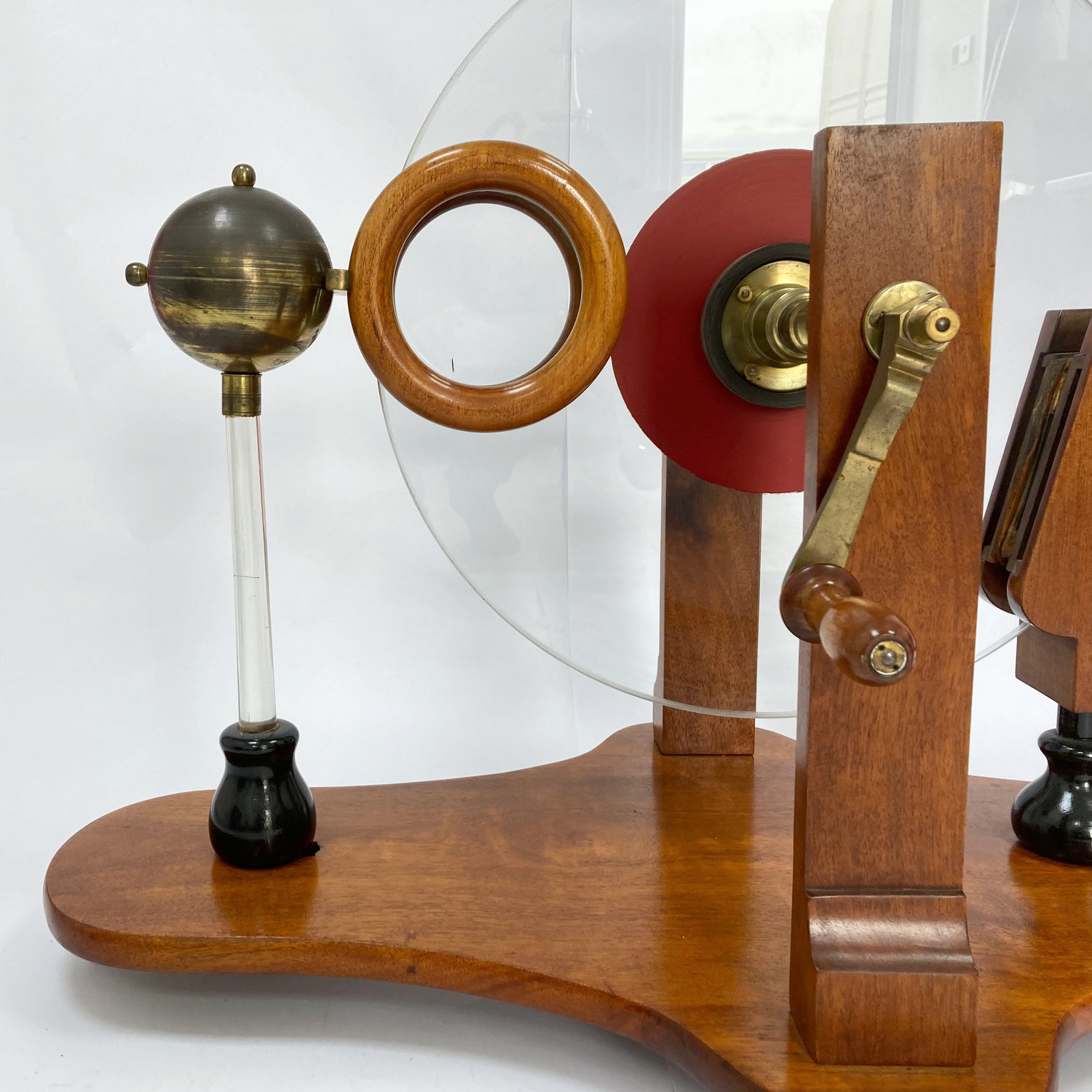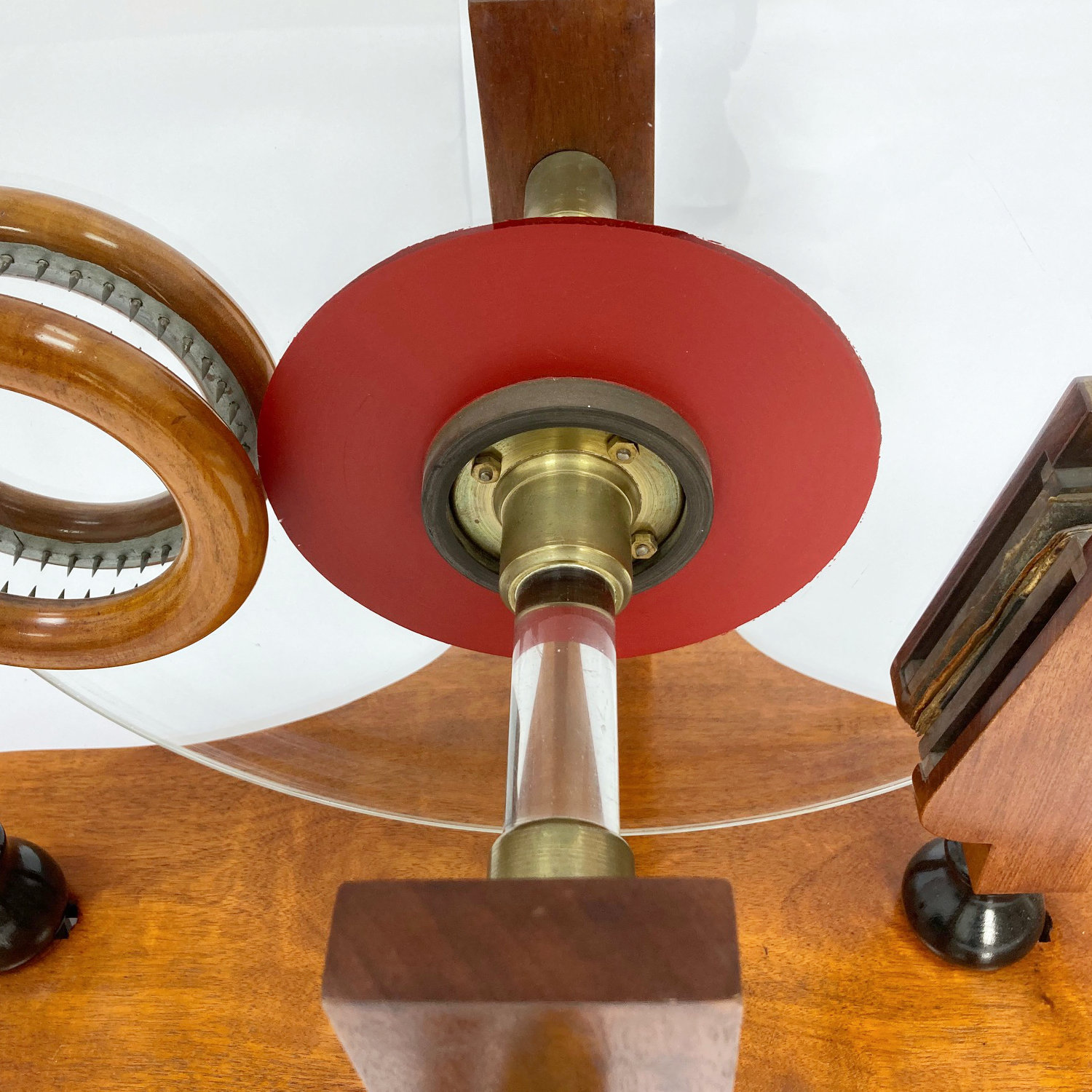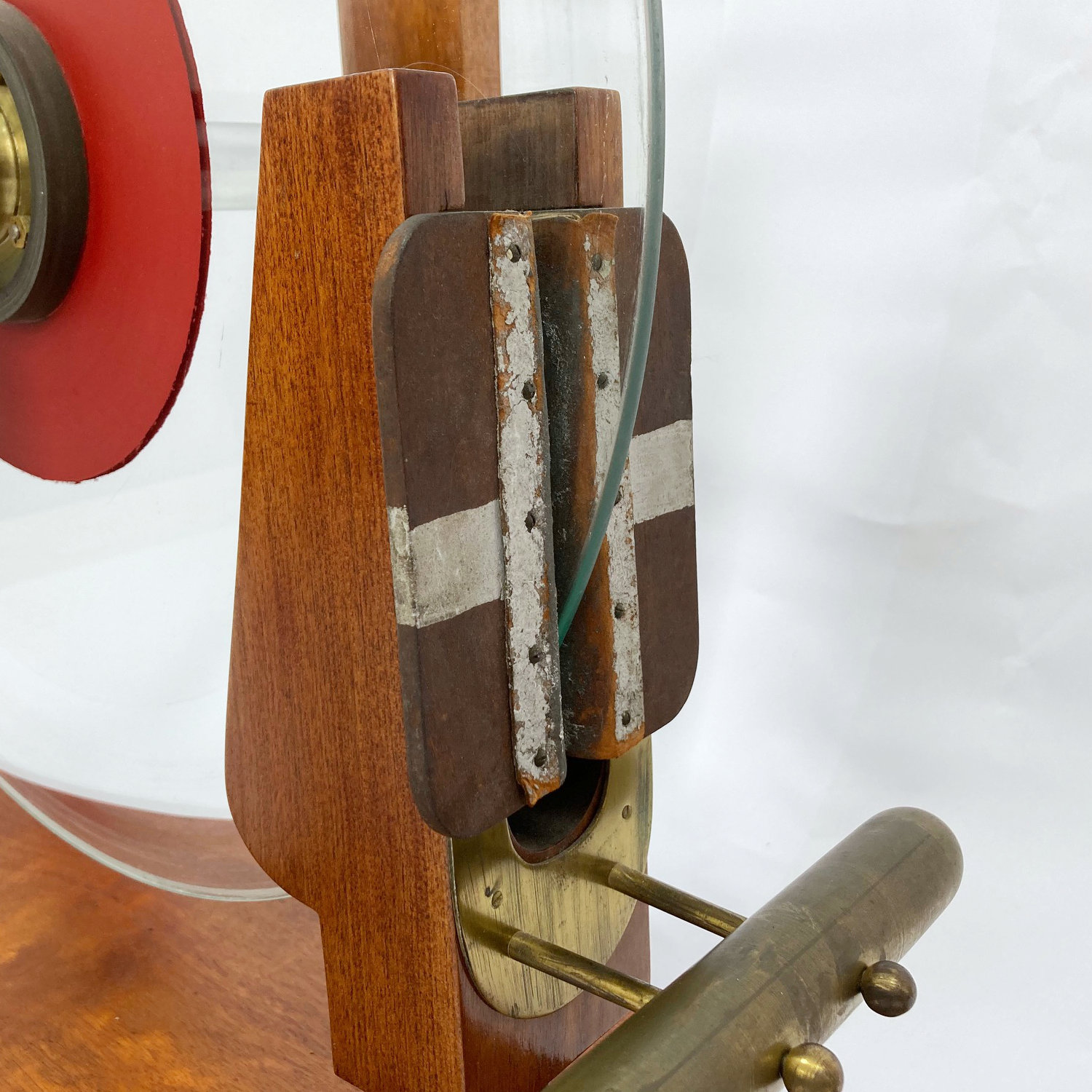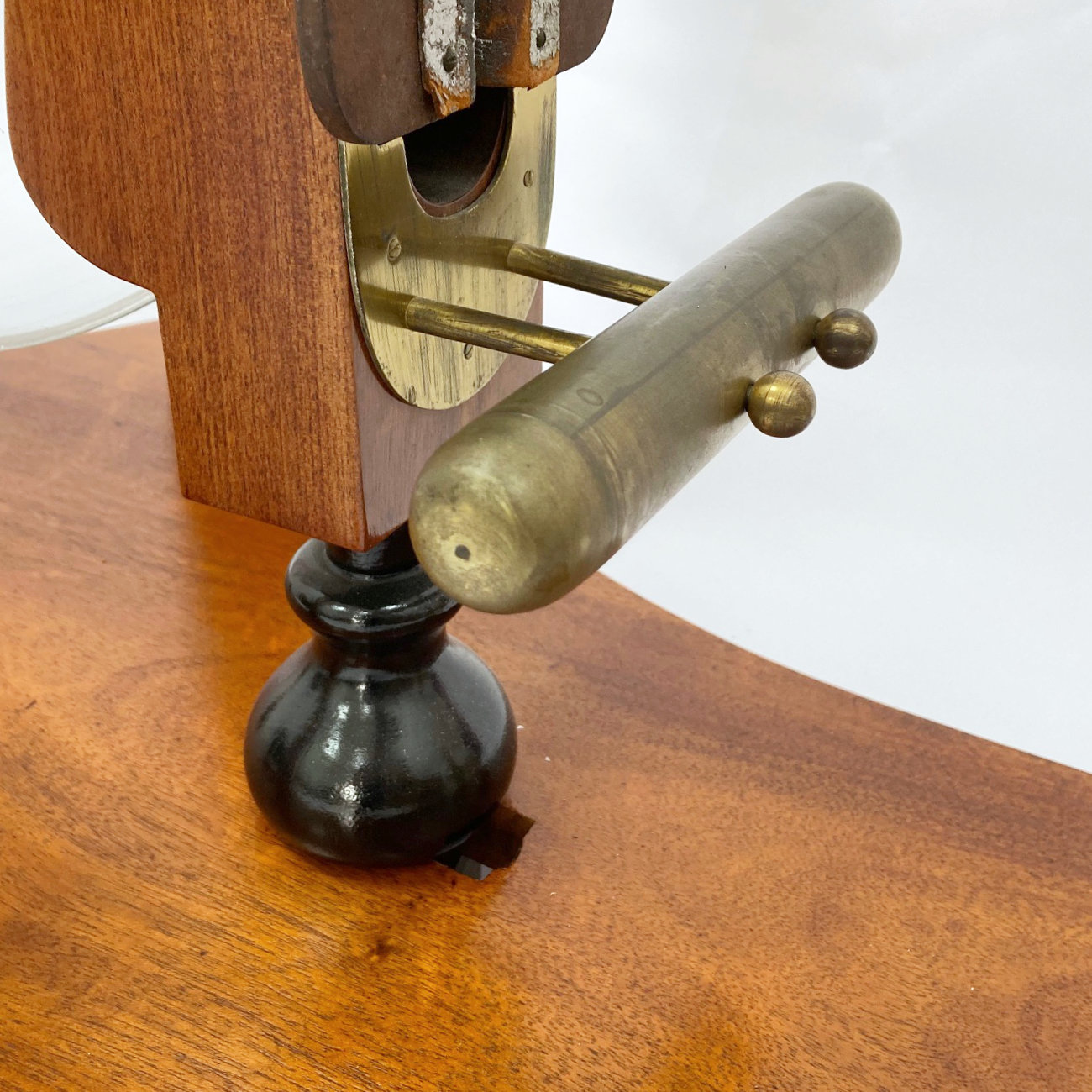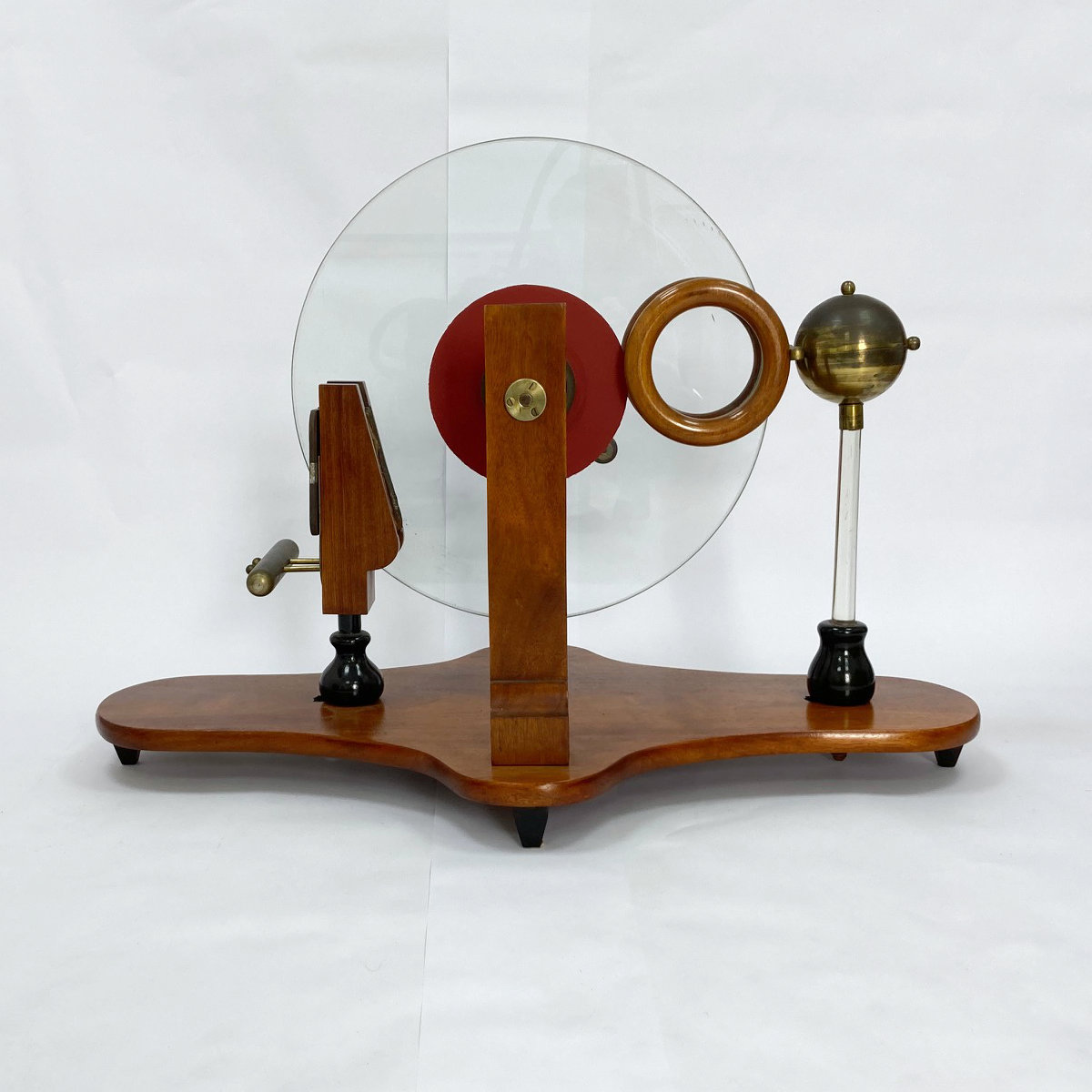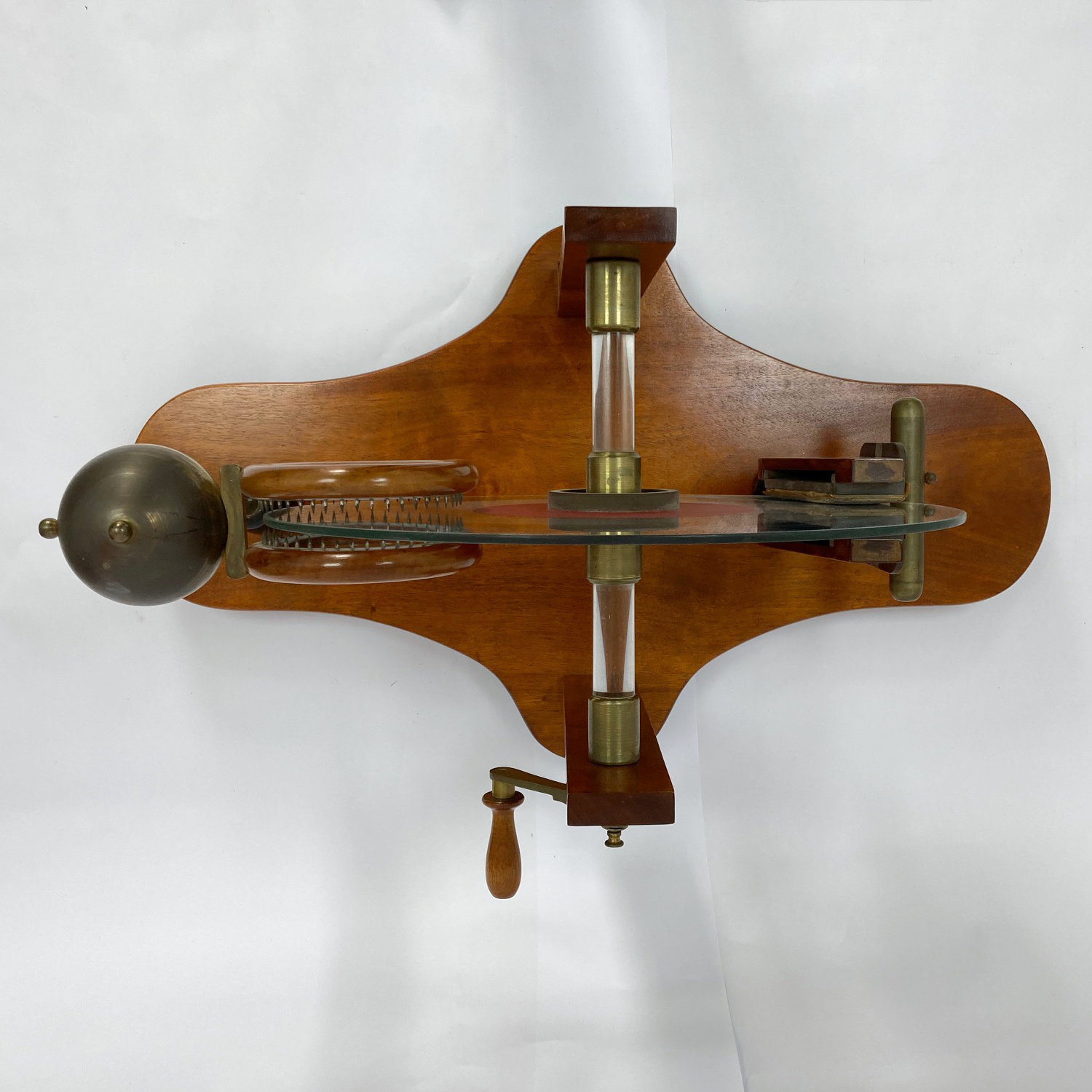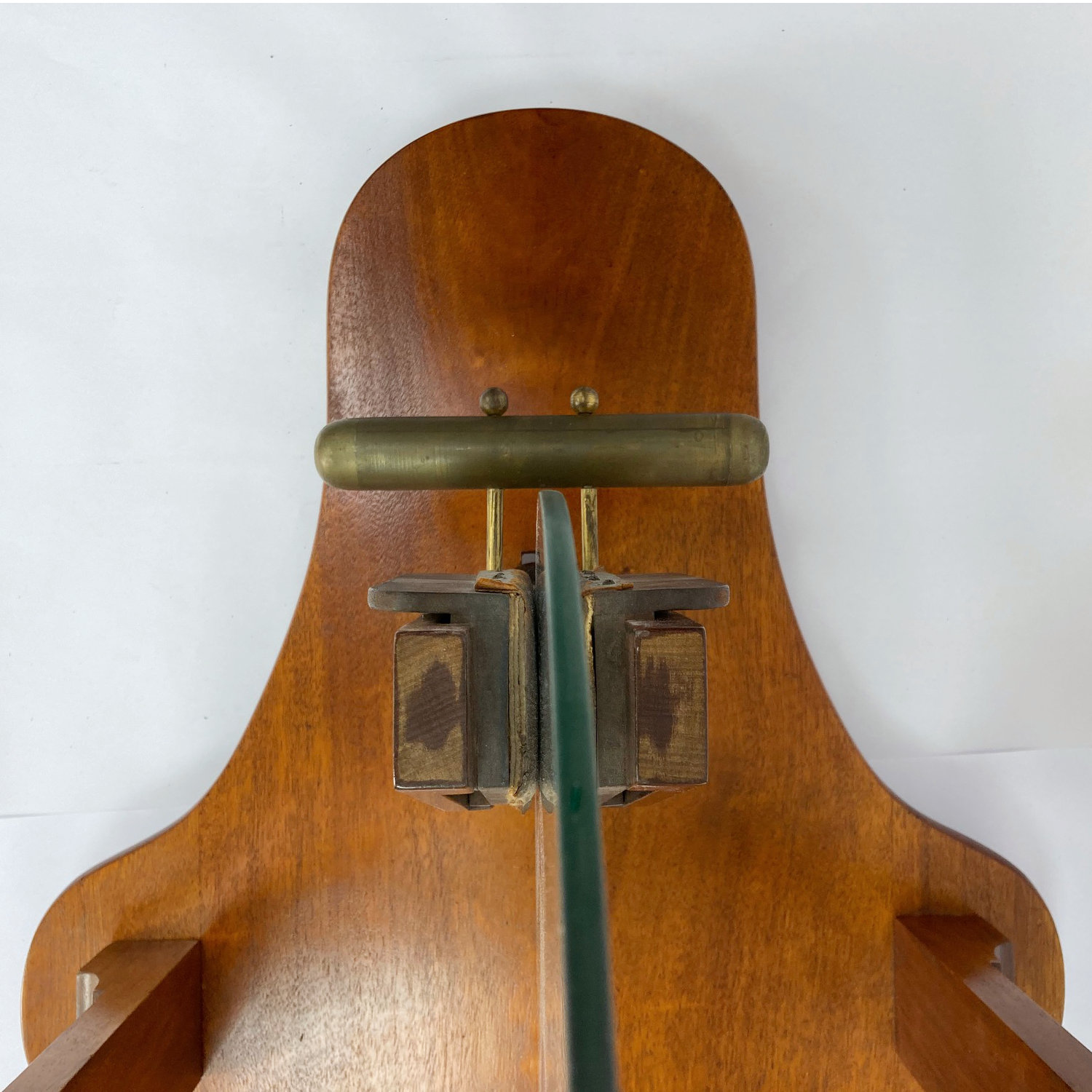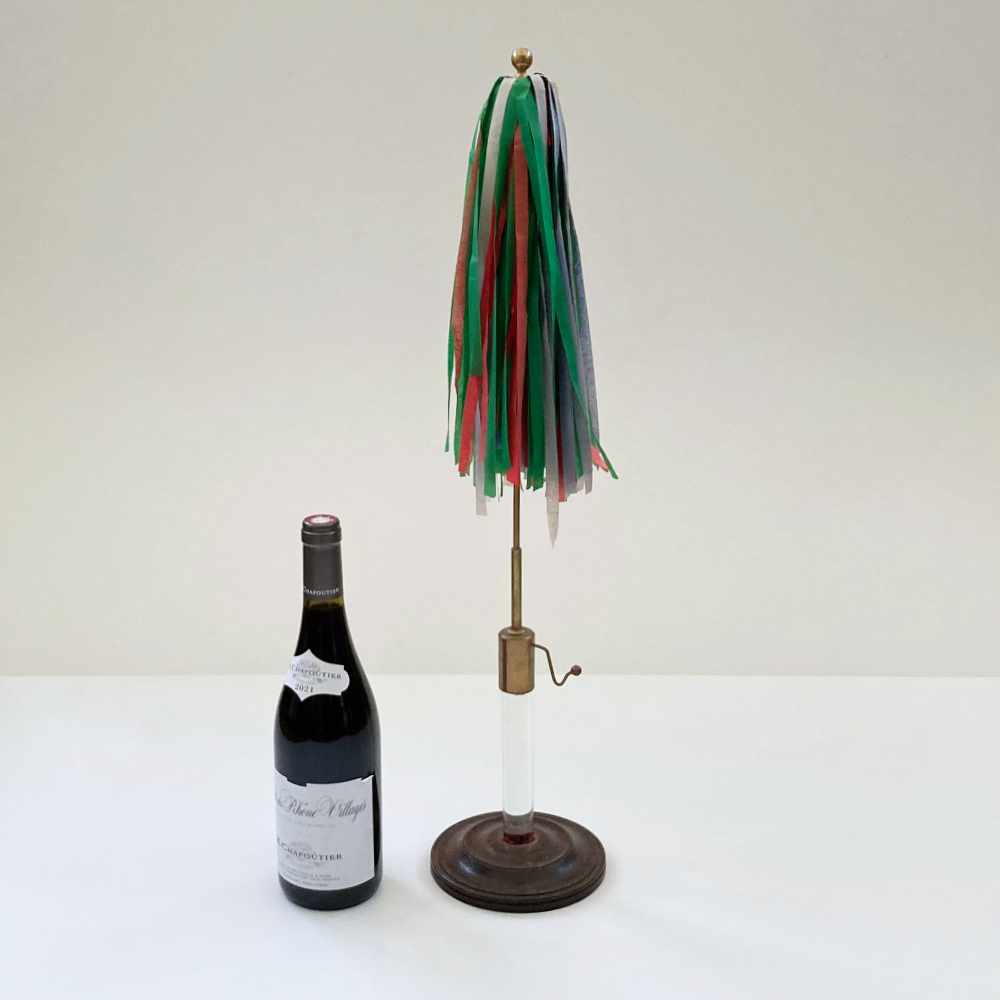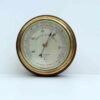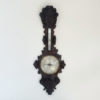Description
For sale, an enormous Late Victorian Winters pattern electrostatic machine.
The machine is comprised of a single twenty-one inch diameter glass plate supported by upright struts on a cherry wood base, with a thick glass spindle and brass and wood handle for manual rotation.
To one side is a smaller wooden strut which supports two removable leather padded shoes which are sprung at the back to create a small amount of tension to the plate when it is put in motion. This strut can be adjusted at the base, forwards and back and it has a brass cylinder shaped negative conductor attached to the rear.
An extract from Ferguson’s Electricity of 1870 relates that. “The two rubbers, one of which is shewn on the outside are triangular pieces of wood, covered with a padding of one or two layers of flannel, enclosed in leather, and they present a flat hard surface to the glass, so that friction between it and them takes place in every part. They are placed in a wooden frame on each side of the plate, and the pressure is regulated by metal springs, fixed to the outside, between them and the frame. Before use, they are covered with an amalgam of mercury, zinc, and tin, which is made to adhere with the aid of a little grease, and which increases immensely the production of electricity.”
The opposing side has a glass rod fixed to the base on a wooden mount and a hemispherical brass conductor fixed to the top. To one side of the conductor are attached two wooden rings which are positioned either side of the glass plate each having a row of metal collector pins running around the inner circumference. Other points on the brass conductor have dome type brass mounts on which brass chains can be hung to transmit the electrostatic charge to a Leyden jar or other experimental apparatus.
Included is one example of later manufacture which is comprised of a wooden base and glass insulated rod, onto which numerous strands of crepe paper are affixed. When attached to the machine in operation, it is possible to see the paper strands lifting in the air as a result of the charge being transmitted across.
Invented in around 1800 by the Austrian Georg K Winter, the machine was considered a development on a single plate long sparking machine originally invented by the French physicist Jean Baptiste Le Roy in 1772. It was noted for its ability to develop long and dense sparks rather than the accumulation of high charges.
Although this example does not have an associated maker’s mark, it is almost certainly of European manufacture owing to the use of cherry wood for the base structure of the machine. This wonderful and imposing example is the largest of these rare machines that I have yet come across. A magnificent piece.
Circa 1890




